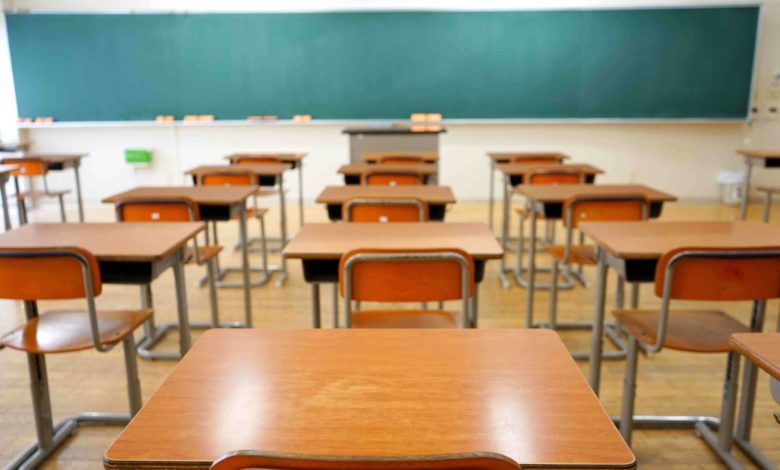Source: Completion rate for primary education in Zim declines – #Asakhe – CITE

The completion rate for primary education in Zimbabwe has declined from 98.5 percent to 89 percent while the number of Out-of-School children for secondary education worsened to nearly one child out of three, according to a comparative analysis of the 2014 and 2019 Multiple Indicator Cluster Survey (MICS) results.
This was revealed at a High-Level Policy Dialogue event convened on Wednesday by the Permanent Secretary in the Ministry of Primary and Secondary Education – Tumisang Thabela, UNICEF Representative in Zimbabwe – Dr Tajudeen Oyewale and President of the Zimbabwe Economics Society (ZES) – Dr Nigel Chanakira.
The debate focused on Education Financing in Zimbabwe, with the topic Basic State-funded Education: Leaving No One Behind, which supports the government’s goal of providing compulsory basic education for all Zimbabwean children by 2023.
During the discussion, a comparative study of the 2014 and 2019 Multiple Indicator Cluster Survey (MICS) results revealed that school preparedness in Zimbabwe improved from 86 percent to 92 percent, while primary school completion has decreased.
“Early Child Development (ECD) and lower secondary Net Attendance Ratios increased, while the number of Out-of-School children for primary school was reduced from 6.6 percent to 4.7 percent. And there is gender parity in primary education in Zimbabwe.
“However, the completion rate for primary education declined from 98.5 percent to 89 percent and the number of Out-of-School children for secondary education worsened to nearly one child out of three,” said a statement that was released by UNICEF after the dialogue meeting.
UNICEF also noted that despite good policy intent, supporting programmes and encouraging results, Zimbabwe’s education sector faces several challenges that are negatively impacting provision and access to education services and achieving desired outcomes.
“The current macroeconomic challenges, characterised by high inflation and exchange rate depreciation have not spared the education sector. They have resulted in the erosion of the budget of the Ministry of Primary and Secondary Education, as well as incomes for teachers and parents’ spending power,” said the developmental partner.
As a share of the national budget, education expenditure continues to fall short of the huge needs and recommended international targets.
The 2022 Ministry of Primary and Secondary Education revised budget accounts for 12.1 percent of the total Government budget, far less than the 20 percent investment recommended by the 2000 Dakar Declaration of the World Education Summit, said UNICEF.
Over the period 2017 to 2021, domestic resources accounted for an average of 94 percent of education financing, while six percent came from external sources.
“A lion’s share of the Ministry of Primary and Secondary Education budget is going to wages and salaries. Employment costs are crowding out other elements critical for the delivery of education services,” UNICEF said.
However, in light of the government’s commitment to provide basic state-funded education, the Ministry of Primary and Secondary has come up with a draft Schools Financing Policy outlining financing requirements and gradual phasing towards the realisation of State-funded basic education in Zimbabwe.
“With limited fiscal space, widening need and policy intent for State-funded basic education it is critical to explore how basic education can be sustainably financed in Zimbabwe,” said UNICEF.
COMMENTS